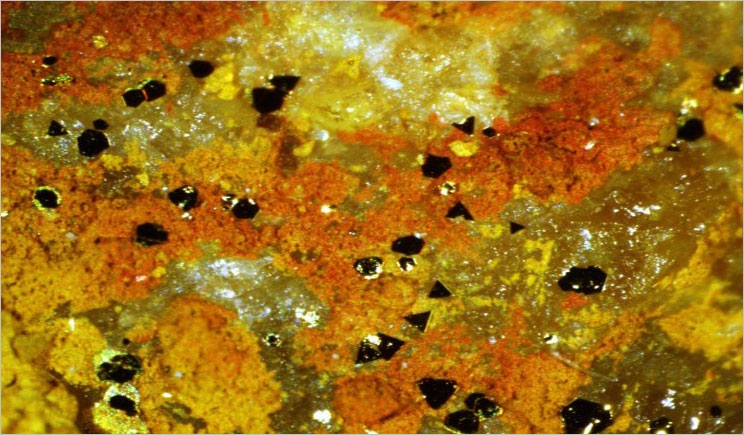
There may be a new way to detect heart attacks earlier than previously thought.
Researchers from the New York University Polytechnic School of Engineering have been working together with researchers from Peking University on a new test strip that can notice the possibility of a heart attack much sooner. This type of system uses microplasma technology, which has been used for dental applications in the areas of bonding, root canal disinfection and tooth whitening.
The lead researchers developed a new colloidal gold test strip for cardiac troponin I detection. This new strip uses microplasma-generated gold particles and shows higher detection sensitivity when compared to conventional test strips. The new cTn-I test is based on the specific immune-chemical reactions between antigen and antibody on immunochromatographic test strips using AuNPs.
Compared to the AuNPs produced by traditional chemical methods, the surfaces of gold nanoparticles created by the microplasma-induced liquid chemical process attract more antibodies. This makes way for higher detection sensitivity.
In addition to heart attack detection and dental uses, the microplasma-assisted synthesis of AuNPs could aid other biomedical and therapeutic applications such as cancer imaging, drug delivery, tumor detection and treating diseases such as Alzheimer’s.
Gold nanoparticles in therapy and disease detection are still a long way off. This is because the synthesis of nanoparticles is a long, expensive process requiring a lot of work. Clinical studies on a small scale are the best use at the moment.


